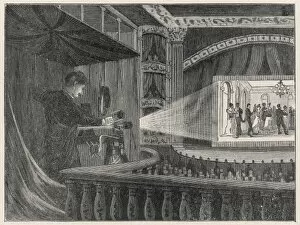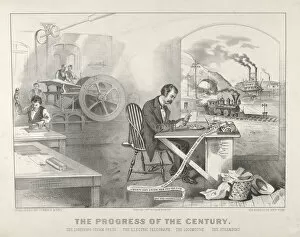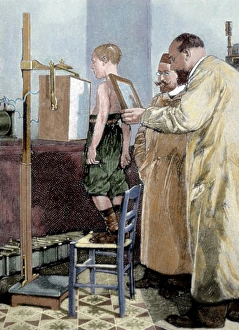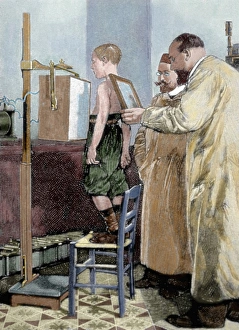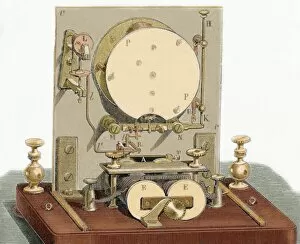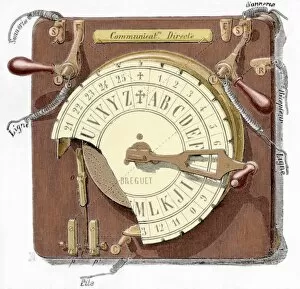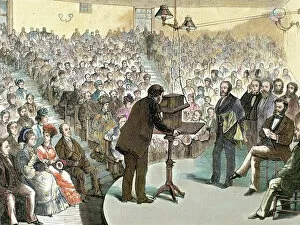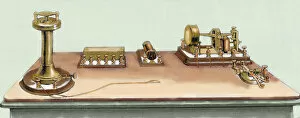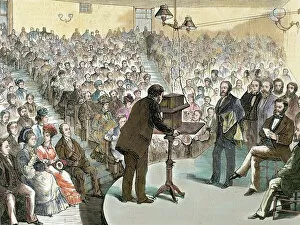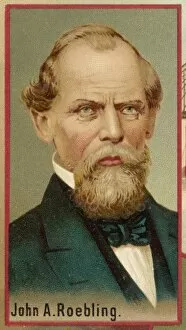Invent Collection
"Invent: Unleashing the Power of Human Ingenuity" From Edison's Vitascope to Rontgen's X-ray, throughout history, inventors have revolutionized our world
All Professionally Made to Order for Quick Shipping
"Invent: Unleashing the Power of Human Ingenuity" From Edison's Vitascope to Rontgen's X-ray, throughout history, inventors have revolutionized our world. Their creations, like filing cabinets and futuristic airplanes flying over St Pauls, have shaped the course of humanity. Wilhelm Conrad Rontgen, a German physicist, discovered Roentgen rays or X-rays in 1895. This groundbreaking invention opened up new possibilities in medicine and imaging technology. Thomas Newcomen's Newcomen steam engine invented in 1712 marked a significant milestone in industrialization. It paved the way for advancements that propelled society forward. The Phonoplex telegraph by Thomas Alva Edison further transformed communication systems. Alongside inventions like The Lightning Steam Press and The Electric Telegraph, it accelerated global connectivity and information exchange. Giovanni Caselli's Pantelegraph showcased his visionary genius with its colored engravings. This invention bridged distances through visual communication like never before. Breguet's Quadrant telegraph and Foy and Breguet's Electric telegraph receiver exemplify how inventors continuously improved upon existing technologies to enhance efficiency and effectiveness. Invention is not limited to specific eras; it is an ongoing process that propels us towards progress. Each innovation builds upon previous achievements as we strive to unlock new frontiers of human potential. DAPHNIS - an embodiment of creativity - reminds us that imagination knows no bounds when it comes to inventing solutions for complex problems. With every breakthrough comes the opportunity to shape a better future for all mankind. Inventors are the architects of change who dare to dream big and challenge conventional wisdom. They ignite sparks of inspiration that fuel our collective journey towards a brighter tomorrow – where limitations are shattered by inventive minds seeking novel solutions at every turn.

